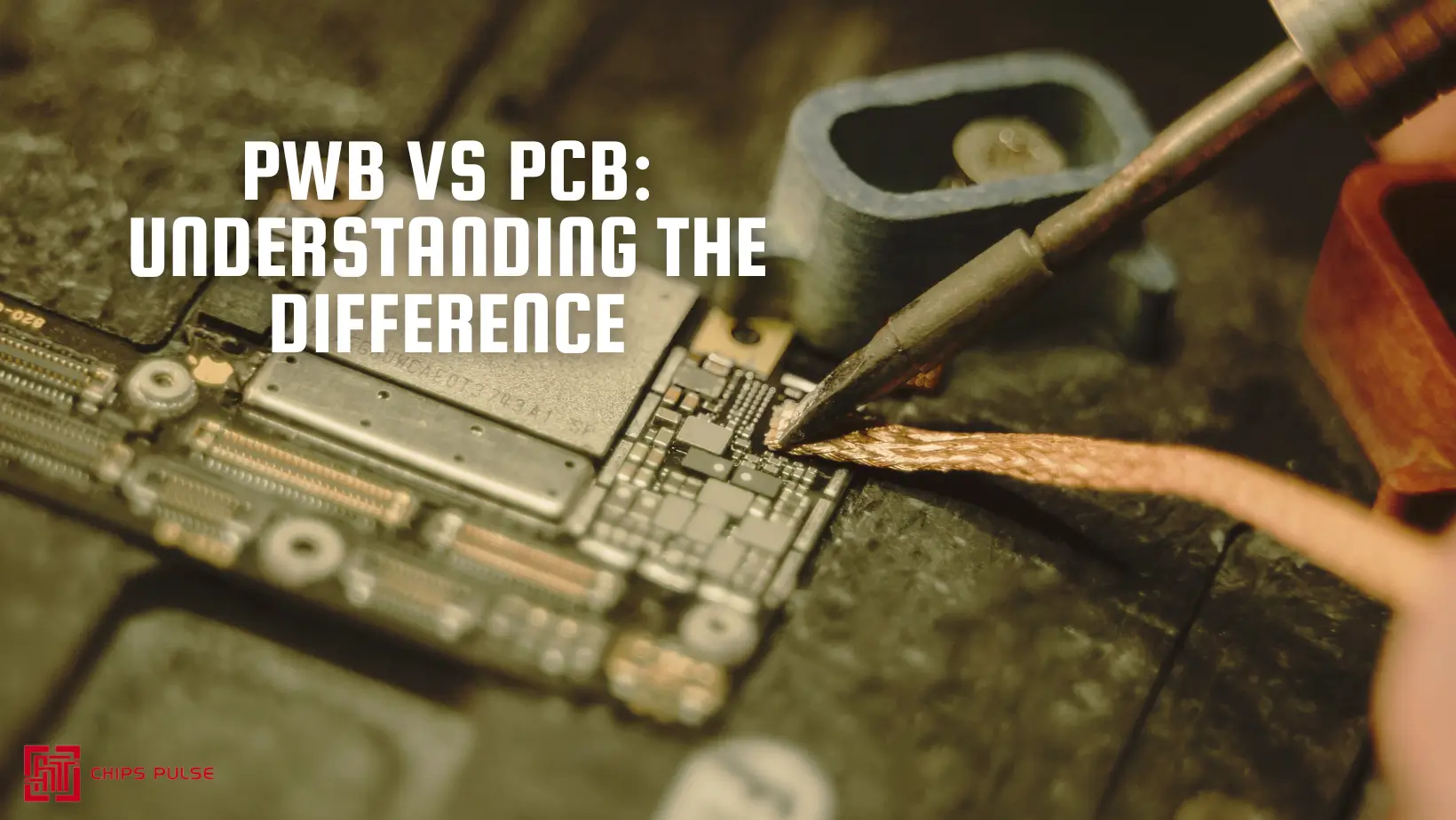In the realm of electronics and circuit design, terms like PCB and PWB often surface, sometimes interchangeably, leading to questions about their origins and distinctions. Many encounter these terms in their daily work, with preferences often depending on regional influences or historical context.

PWB stands for Printed Wiring Board. The term traces its roots back to the early 1900s when the first iterations of circuit boards were developed. Initially coined as "Printed Wire," these early boards facilitated basic point-to-point connections, devoid of integrated components on insulated surfaces. Over time, as technology advanced, the concept evolved into what is now recognized as the Printed Wiring Board, where insulated substrates support conductive wiring essential for connecting and securing electronic components.
In 1947, the term "Printed Circuit" emerged with the invention of the modern circuit board. This marked a significant advancement from its predecessors, utilizing flat insulated materials with printed conductive paths. This breakthrough facilitated more intricate designs and enhanced reliability, ushering in the era of Printed Circuit Boards (PCBs). As technology progressed, PCBs became synonymous with the standard terminology for referring to circuit boards worldwide.
Both PCB and PWB refer to a crucial component in electronic devices—a board composed of non-conductive material (typically plastic) with layers of copper circuitry that facilitate the assembly and connectivity of electronic components. These conductive paths, or traces, allow for the transmission of electrical signals between components.
The preference for PWB in certain regions stems from earlier stages of electronic manufacturing when circuits were rudimentary, often featuring simple point-to-point wiring connections. As technology advanced and circuits became more complex, the term PCB gained prominence to reflect these developments, emphasizing the intricate printed patterns of conductive material that replaced traditional wiring methods.
Interestingly, the shift from PWB to PCB also reflects broader industrial and environmental concerns. PCB, as an abbreviation, helps avoid confusion with polychlorinated biphenyls-a harmful group of substances that have no relation to printed circuit boards but share the same initials.
The preference for using PWB over PCB can sometimes be attributed to regional or historical influences. In certain contexts, particularly among seasoned professionals or specific industries, PWB may still be favored to denote the broader concept of circuit boards with wiring printed on insulated substrates. However, PCB has become the prevailing term in global usage, encapsulating the modern interpretation of these vital components in electronic design and manufacturing.
In most parts of the world today, PCB is the preferred term and is widely recognized. It serves as the default name for these boards due to its simplicity and global acceptance. However, in Japan and some other regions, PWB remains in use, primarily due to historical reasons and cultural preferences.
Ultimately, whether you refer to them as PCBs or PWBs, both terms encapsulate the fundamental concept of circuit boards integral to electronic systems. While PCB dominates contemporary usage, understanding the historical context behind PWB provides insight into the evolution of electronics and the terminology that shapes our technological landscape today. Stay tuned as we delve deeper into the intricacies of PCBs, exploring their design, manufacturing processes, and applications in upcoming posts.